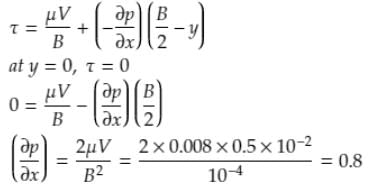GATE Environmental Science Mock Test - 8 - GATE Environmental Science MCQ
30 Questions MCQ Test - GATE Environmental Science Mock Test - 8
The vaccine was believed to be safe and ______.
If 15th August 2020 fell on a Tuesday, then what day of the week will 15th August 2025 be?
A substantial cube was immersed in paint, removed, and subsequently, its length was sectioned into 5 equal segments, its breadth was divided into 4 equal segments, and its height was partitioned into 3 equal segments. How many cuboids are painted on no sides___.
Rice is an essential and affordable source of carbohydrates that plays a significant role in diets around the globe. The effects of climate change, which lead to severe weather events, threaten the continuous availability of rice. Researchers are focusing on creating Green Super Rice (GSR), which can withstand extreme weather while ensuring sustainable higher yields.
What is the CORRECT logical inference that can be drawn from the information presented in the passage above?
The cause of the Bhopal gas tragedy in 1984 was due to:
Which of the following does NOT constitute a part of integrated solid waste management (ISWM)?
As per the Noise Pollution Regulation and Control Rules 2000, what is defined as daytime?
What factors contribute to the occurrence of 'Type-I' settling in a sedimentation tank?
In the realm of noise pollution, the sound pressure level (SPL) is measured in decibels (dB). The connection between SPL, the root mean square (rms) sound pressure p, and the reference pressure (hearing threshold) p0 is represented as ____________.
The type of bacteria that can thrive in both aerobic and anaerobic environments without being affected is referred to as
In multi-media filters, when examining the filter materials from the uppermost to the lowermost layer of the filter, what is the specific gravity of the filter material?
Consider the real square matrix A of size n × n as shown below:
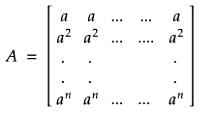
Examine the equation AX = 0.
The sub-index values for NO2, SO2, and PM10 are 80, 80, and 100, respectively. In accordance with the National Air Quality Index (NAQI) published by the Government of India in 2015, what is the overall NAQI?
In order to assess the air quality and its effects on human health, a standard rating scale has been proposed. Based on this scale, which of the following values impacts even individuals who are healthy?
A differential equation is expressed as ( x 2y ) ( dx - dy ) = dx dy. Given that y (0) = 1/3, the solution can be represented as 3x - 3y 1 = kln(3x 6y - 1). What is the value of k?
(Please provide your answer by rounding it to the nearest integer.)
An S-hydrograph was created for a 240 km2 catchment area utilizing a 3-hour unit hydrograph (with 1 cm of rainfall excess). The equilibrium discharge for the S-hydrograph would be ___________ (in m3/s, rounded to two decimal places).
What is the pressure (in kPa, rounded to two decimal places) at the base of the tank that holds both oil and water?
[Consider the relative density of the oil to be 0.80]
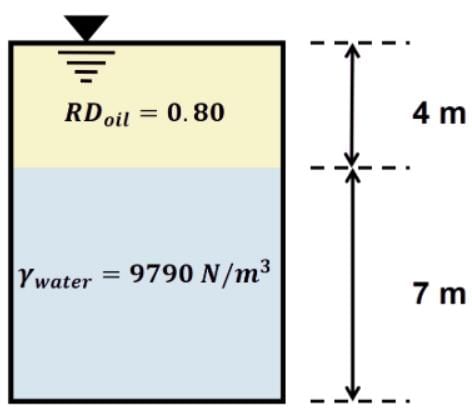
What is the general solution to the differential equation (D3 1)y = cos2(x / 2)?
[Here, D denotes the first derivative with respect to x]
The 2 × 2 matrices P and Q fulfill the following equations:
 and
and 
The matrix Q is equal to ____________.
A biased die features six faces numbered as k = 1, 2, 3, 4, 5, and 6. When the die is rolled, the likelihood of the number k showing up is proportional to k2. What is the likelihood that an even number will be rolled on this die?
Analyze the statements below.
(i) The wind profile exponent for a 'very unstable' atmosphere is less than that for a 'neutral' atmosphere.
(ii) The concentration of air pollutants downwind from an elevated point source is inversely related to the wind speed.
(iii) The wind profile exponent for the 'neutral' atmosphere is lower than that for the 'very unstable' atmosphere.
(iv) The downwind concentration of air pollutants from an elevated point source is directly related to the wind speed.
Select the correct option.
A municipality with a population of 0.25 lakh generates solid waste at a rate of 2.5 kg per person per day. The waste is compressed to a density of 1400 kg/m3 and the ratio of solid waste to cover material is 4:1. What are the required volumes of landfill and cover?
NOTE: This is a multiple select question, indicating that one or more options may be correct.
MSQ: Which of the following statements is/are accurate?
NOTE: This is a multiple select question, meaning that one or more options may be correct.
MSQ: Examine the matrix A shown below.
Which of the following options is/are correct?
NOTE: This is a multiple select question, meaning one or more options may be correct.
The analysis results of the water entering a treatment facility are presented below:
Suspended solids = 100 ppm
CaCO3 alkalinity = 150 ppm
MgCl2 = 50 ppm
CaSO4 = 100 ppm
Alum necessary = 20 ppm
Coagulation, sedimentation, and lime soda treatment are performed in the sedimentation basin. Given a flow of 1 MLD, the specific gravity of the sludge solids is 2.65 and the solid content is 1.8%. What will be the daily volume of sludge generated in m3 (rounded to two decimal places)?
A pipeline with a diameter of 30 cm, positioned at an incline, transports oil with a relative density of 0.80 at a speed of 5 m/s. The pressure measurements at point A (20 m above the datum level) and point B (25 m above the datum level) are recorded at 60 kPa and 10 kPa, respectively. What is the head loss (in meters, rounded to two decimal places) between points A and B? Assume that ρwater = 1000 kg/m³ and g = 9.81 m/s².
Consider a steady laminar flow occurring in the x-direction between two infinitely long parallel plates. The lower plate remains at rest, while the upper plate is moving in the x-direction at a velocity of 0.5 cm/sec. The separation between the plates measures 10 mm, and the dynamic viscosity of the fluid is 0.008 N-sec/m2. Given that the shear stress on the lower plate is zero, determine the pressure difference between the two points that are 50 m apart, rounding your answer to the nearest integer in N/m2.
A soil sample contains 0.26 meq of potassium, 0.06 meq of magnesium, and 0.56 meq of calcium, while its cation exchange capacity is measured at 3.25 meq per 100 g of soil. Calculate the base saturation percentage, rounding to the nearest whole number.
A total of 50g of CO2 and 25g of CH4 are generated from the breakdown of municipal solid waste, which has a formula weight of 120 g. In a city with a population of 1 million and a municipal solid waste production rate of 500 tons/day, what is the average greenhouse gas emission per person (in g/day, rounded to the nearest integer)?



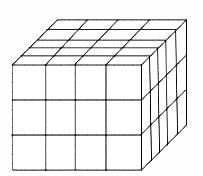
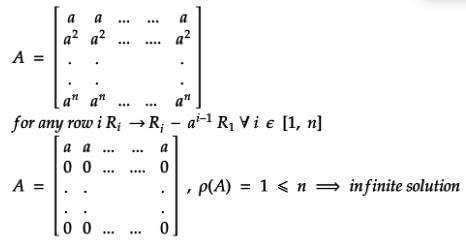
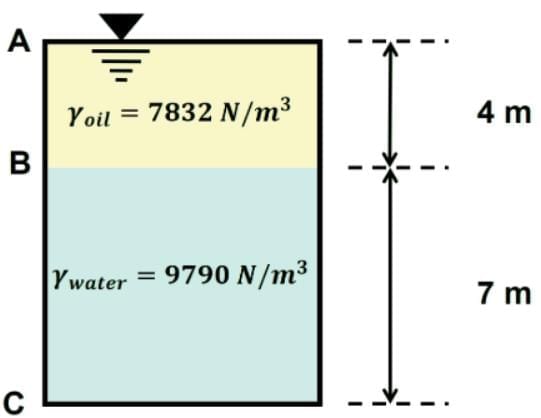
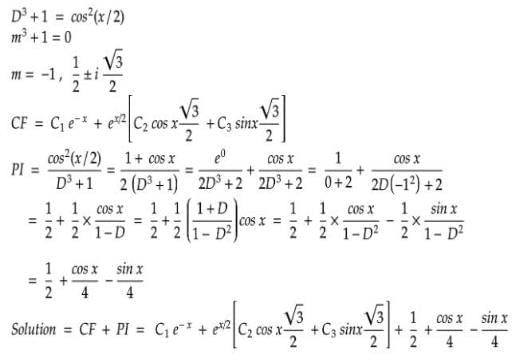



 ⇒ ρ(A−λI) = 2
⇒ ρ(A−λI) = 2